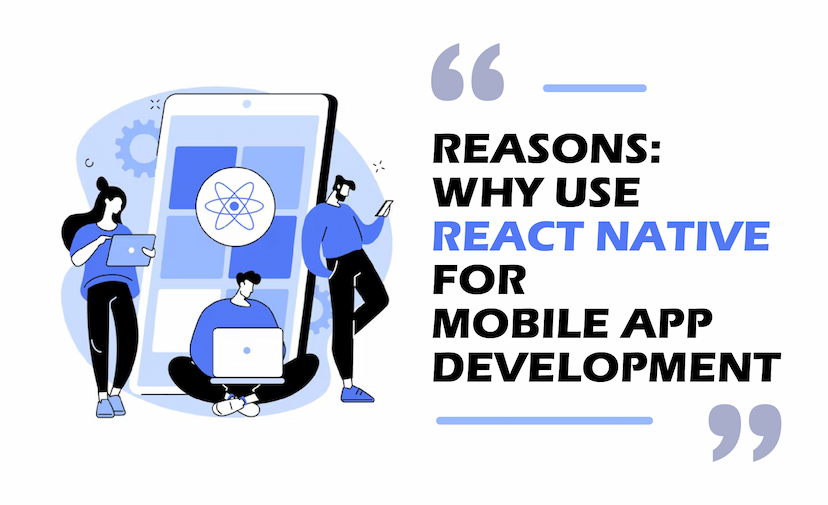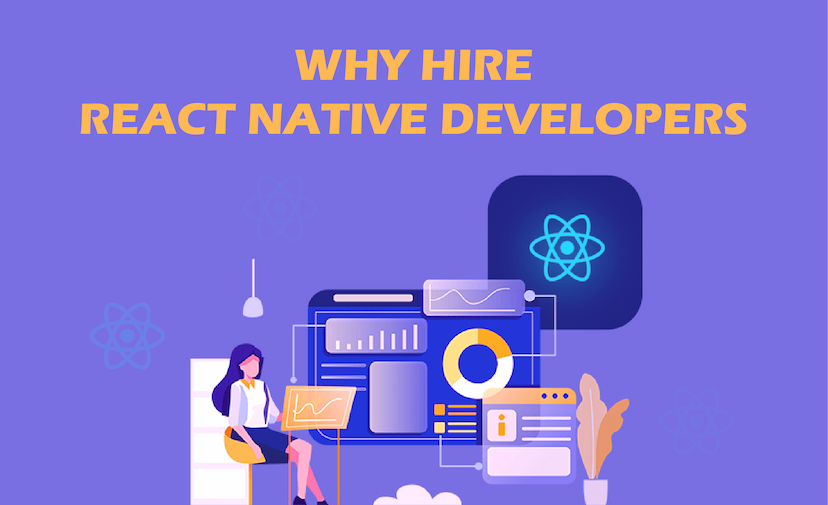
This decade of mobile app development will be a decade of technology. React Native is a powerful and well-liked framework that impacts the owner of a product and makes their dream come true. It enables developers to develop native apps using Javascript to power iOS and Android applications from a single codebase and to reuse large chunks of code for the web.

When businesses and developers start developing apps for various platforms on their journey of creating cross-platform applications, the possibilities usually frame the decision-making process. However, it may be possible that the reality of working with React Native does not always adjust to these expectations.
Get in Touch Now!
Have a word with our expert consultants about your next project to get suggestive guidance & proposal.
React Native: Expectation vs. Reality
The study reveals expectations vs. reality in React Native development, offering key insights.
Expectation 1: Persistent Cross-Platform Development
Reality: Certainly, React Native offers a competent way to achieve cross-platform development. It's prominent that writing code once and deploying it on both iOS and Android platforms is a substantial benefit. However, platform consistency might require platform-specific code adjustments for specific features or functionalities. Whereas React Native simplifies the process, being aware of potential platform shades is crucial.
Expectation 2: Rapid Development Cycles with Hot-Reloading
Reality: A hot-reload feature in React Native enables developers to view changes immediately after making them. This speeds up the development of apps. Hot-reloading allows developers to witness real-time changes through development until there is a need for a full application reload. This feature substantially speeds up the development process. In complex scenarios, a full reload may be required, which differs slightly from the persistent experience expected.
Expectation 3: Extensive Library and Plugin Support
Reality: React Native boasts a massive ecosystem of libraries and plugins, providing developers with a rich set of tools to enhance app functionality. Some native space modules do not have React Native equivalents, so developers may have to use native modules or write custom code for specific functionality. While the community actively contributes to the ecosystem, evaluating the required libraries' availability before developing is crucial.
Expectation 4: Large and Active Community for Support
Reality: The React Native community is undoubtedly one of its strengths. An extensive and dynamic community means generous resources for troubleshooting, sharing knowledge, and collaborating on problem-solving. Although the sheer size of the community can sometimes lead to diverse views, it may require careful consideration to determine the most appropriate solution.
Expectation 5: Performance Comparable to Native Apps
The reality is that React Native will deliver near-native performance for many applications, and the performance will even be comparable to that of native apps in many cases. However, development operations or graphics-heavy applications may experience a slight performance gap compared to fully native development. The right balance between a smooth user experience and application complexity is key.
Expectation 6: Code Reusability Across Projects
The expectation of code utilization across projects is met to a large extent. React Native's component-based and modular architecture facilitates code reuse by letting developers use pre-existing components in new applications. However, differences in project requirements or development best practices may demand adjustments, affecting the degree of code reusability.
Challenges and Solutions:
Although React Native provides many advantages, acknowledging the challenges is crucial for a holistic view.
Challenge 1: Native Module Integration
Solution: For functionalities not covered by React Native, integration of native modules is a standard solution. Understanding the process and possible challenges of native module integration ensures a smoother development experience.
Challenge 2: Debugging and Profiling
Solution: React Native offers robust debugging tools, but in certain scenarios, profiling performance or determining memory leaks may demand additional tools. Familiarizing yourself with debugging techniques and third-party tools can boost the development process.
Challenge 3: Upgrading React Native Versions
Solution: The regular updates of React Native initiate new features and developments. However, advancement can sometimes present breaking changes. Thoroughly testing the application after an upgrade and staying informed about version-specific considerations are crucial practices.
Conclusion
In the dynamic world of React Native development, the management of expectations is paramount for a successful and satisfying experience. The framework offers a powerful solution for cross-platform app development, but coordinating expectations with the subtle reality is key.
Acknowledging the challenges and understanding the solutions empowers developers to navigate the React Native landscape with confidence. As the framework develops, staying informed, engaging with the community, and adjusting to developing best practices ensure an advanced and strong approach to React Native development. The journey from expectations to reality is an unfolding narrative, and in the domain of React Native, the story continues to unfold with each line of code written.










